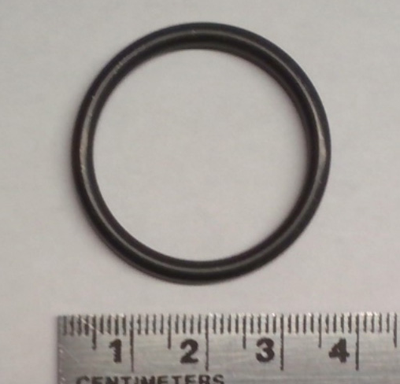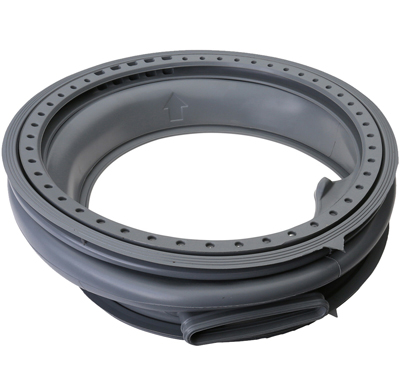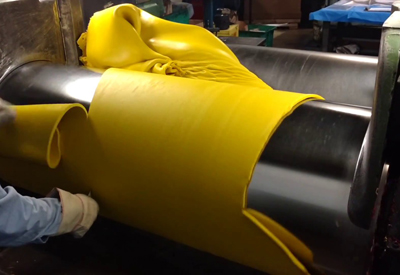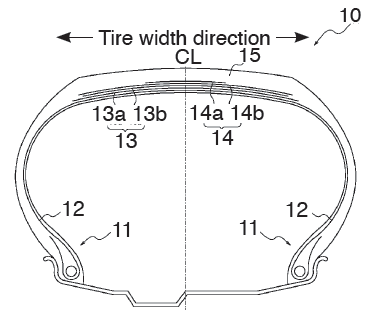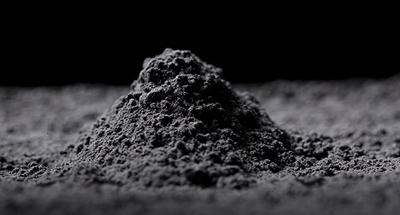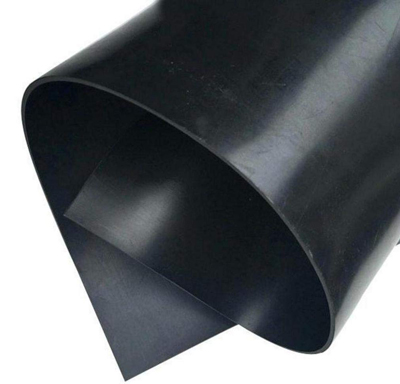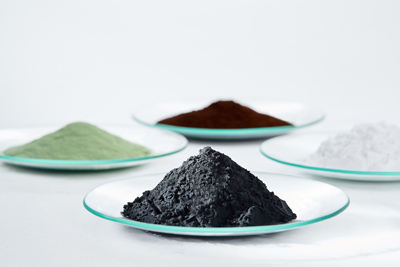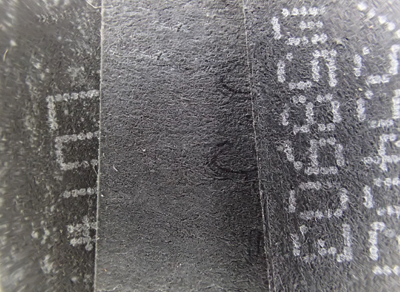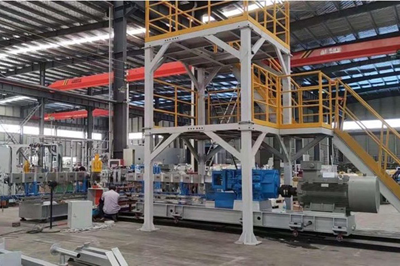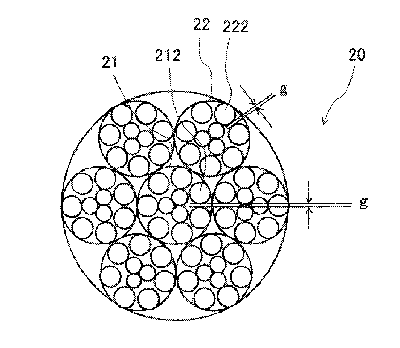Rubbintec Inc. has developed and patented an innovative and scalable rubber “devulcanization” manufacturing process that cleanly and efficiently recovers high quality rubber from waste tires on an industrial scale. The recovered rubber can easily be revulcanized to make new rubber products, such as rubber mats, conveyor belts, footwear soles, rubber flooring, liners, membranes, field covers, railway sleeper pads, railway sleepers and tire treads, to name a few. A certain percentage of the devulcanized material can also be added to a tire manufacturer’s rubber mix, which would assist tire manufacturers to be part of the circular economy and to make their production more sustainable. The selling price is said to be less than virgin rubber. Together with its collaborator, Polylema, production of asphalt modifiers that can substitute for SBS, at a lower cost, will also take place.
Read More

